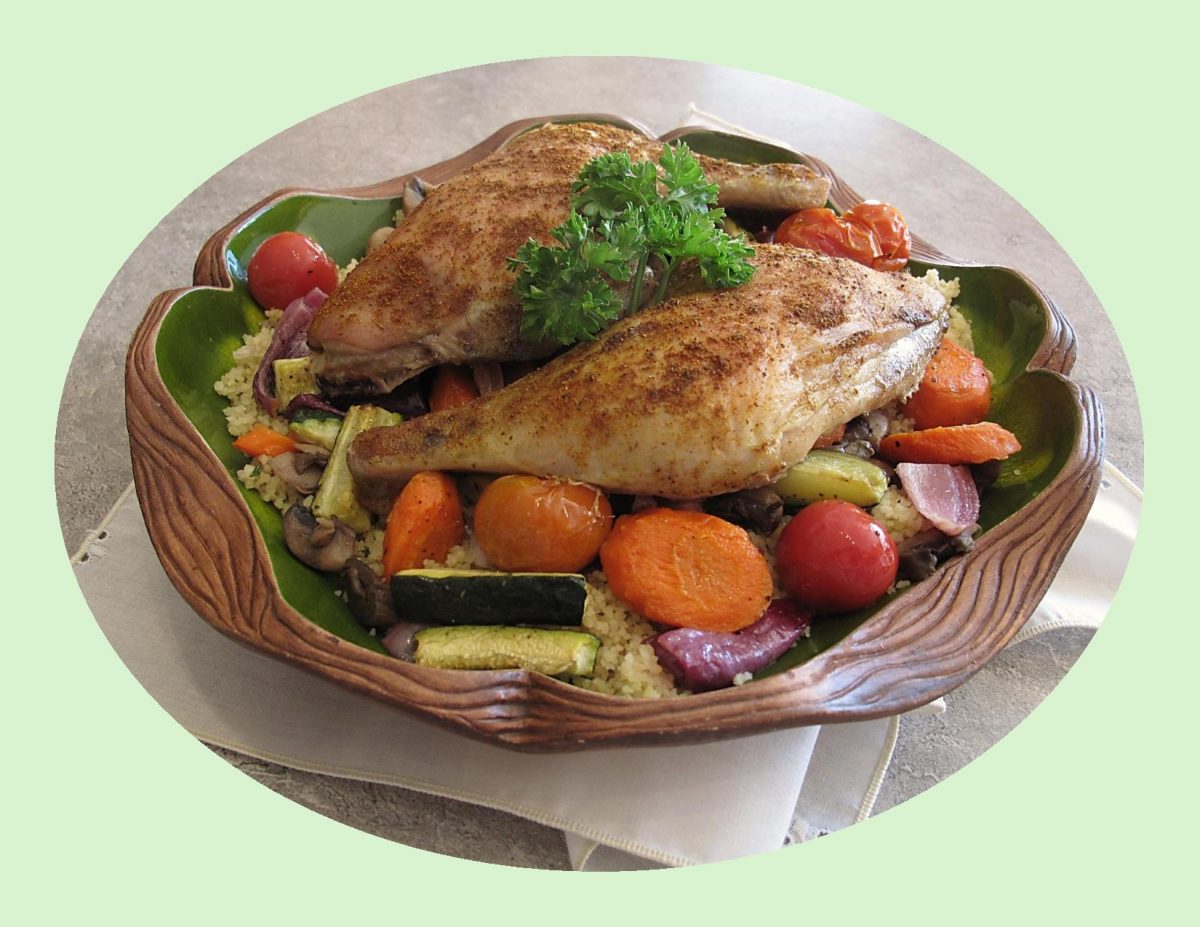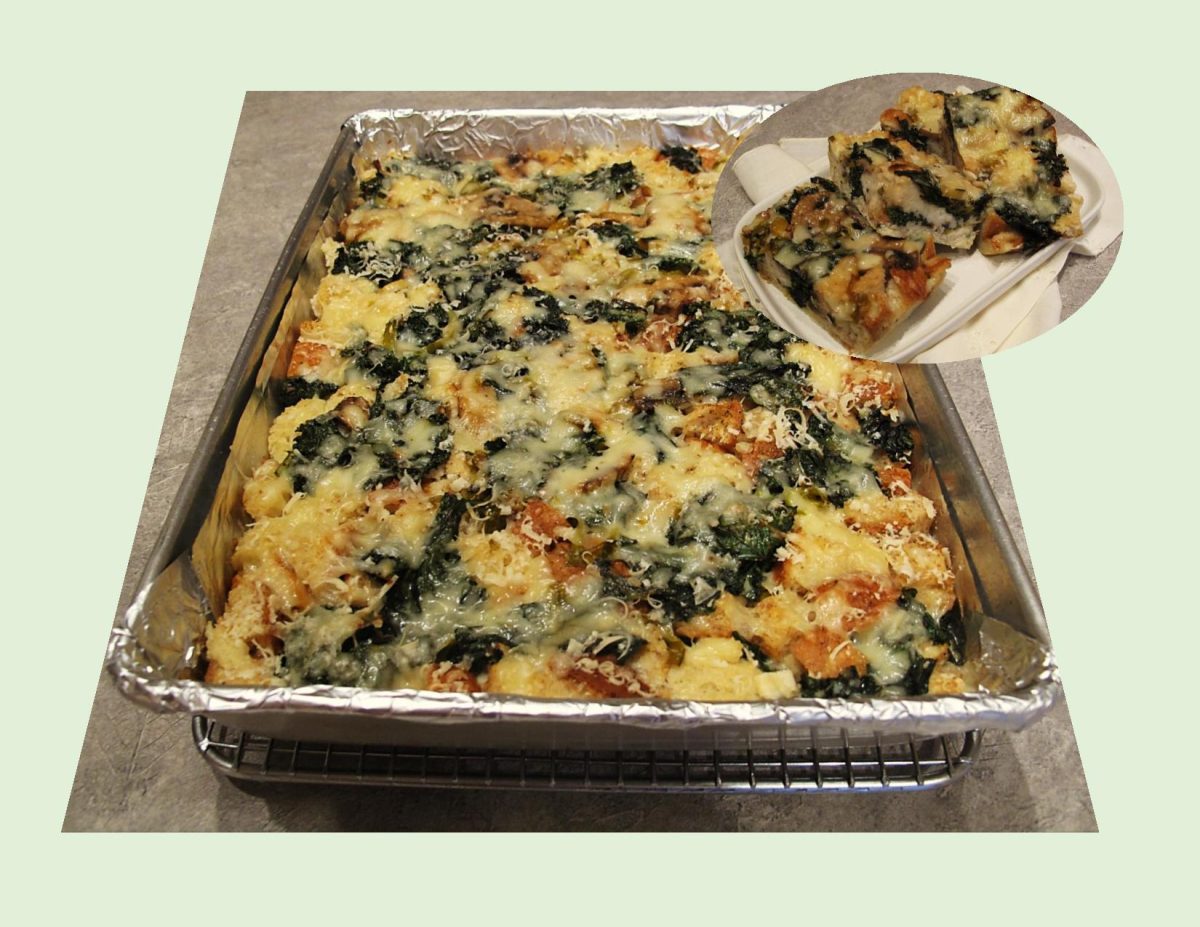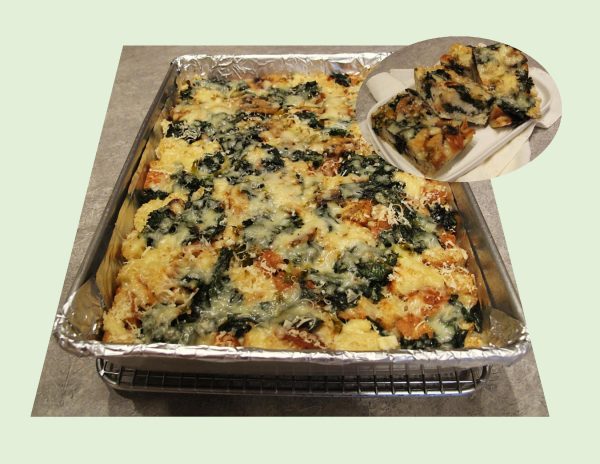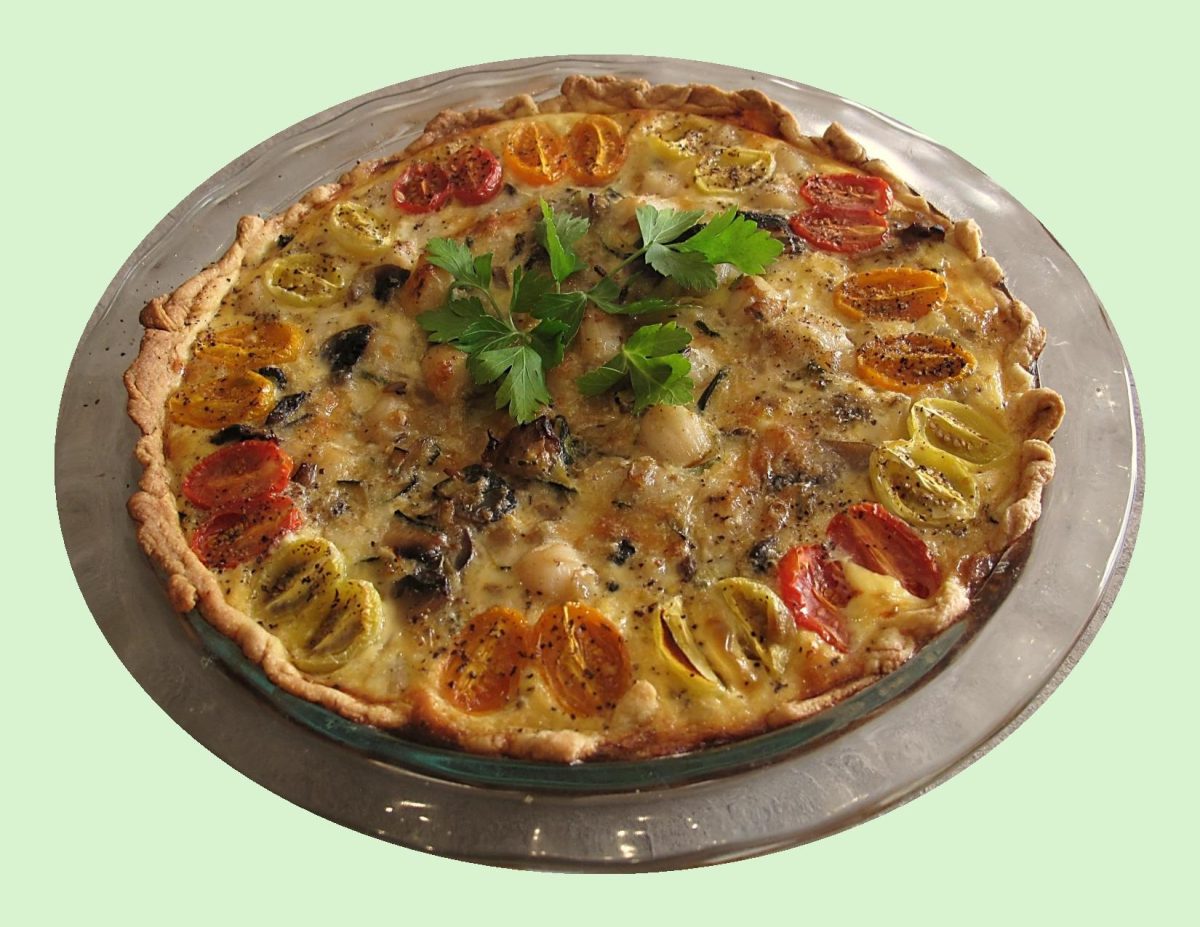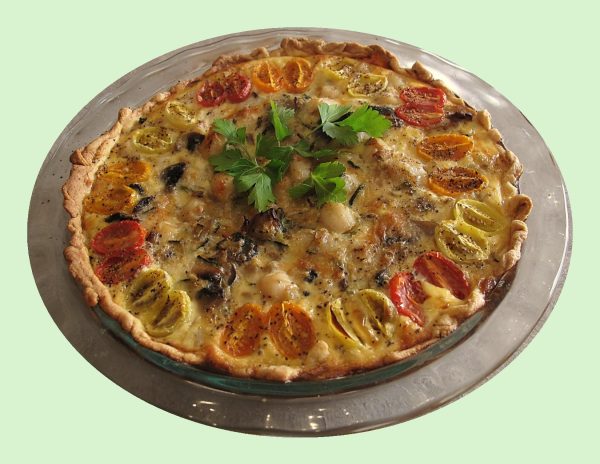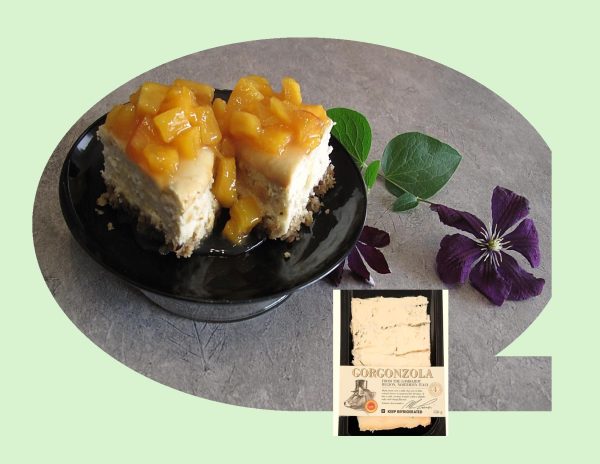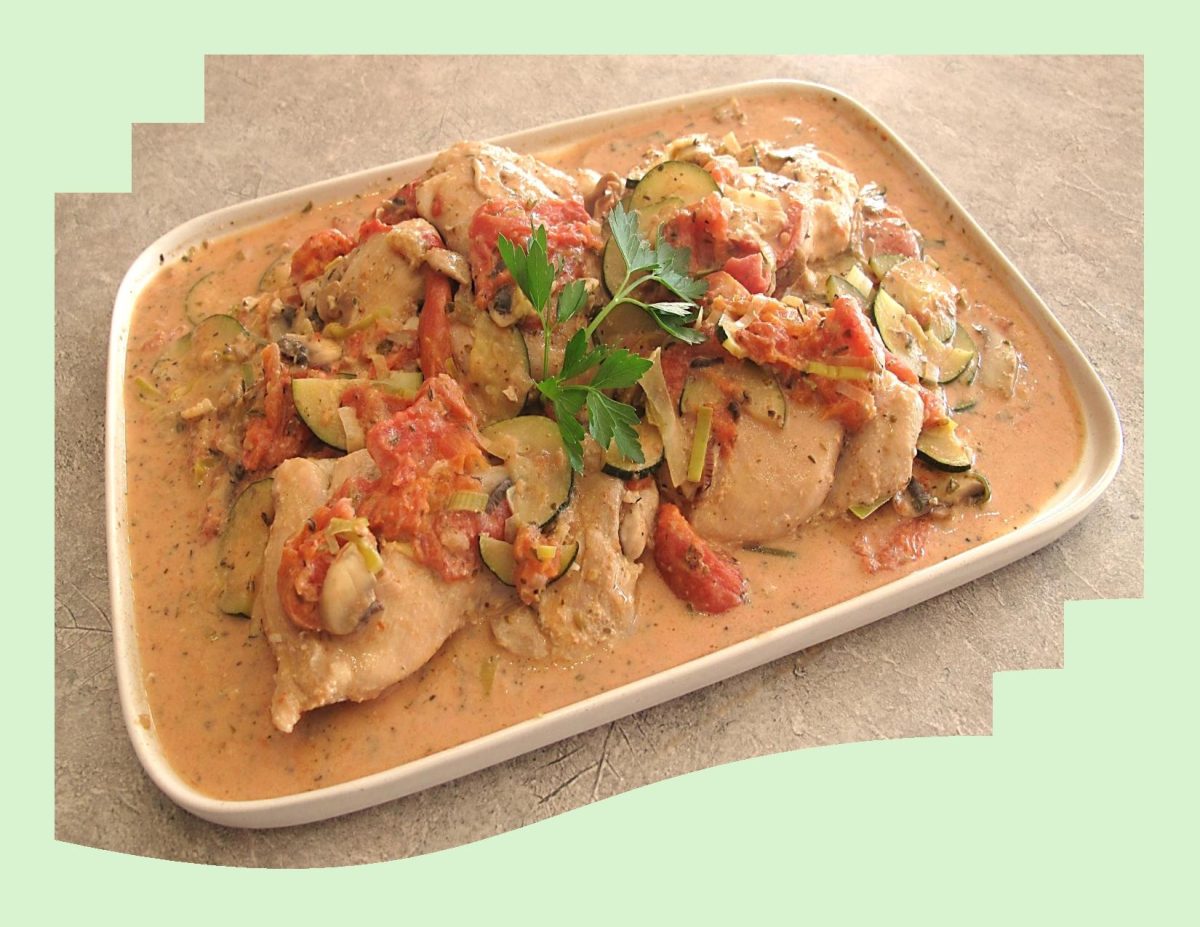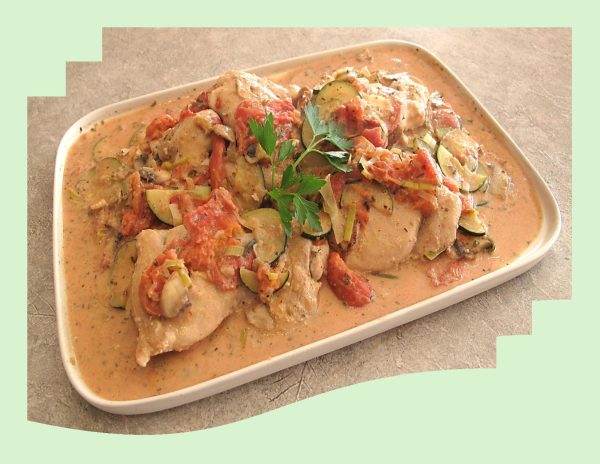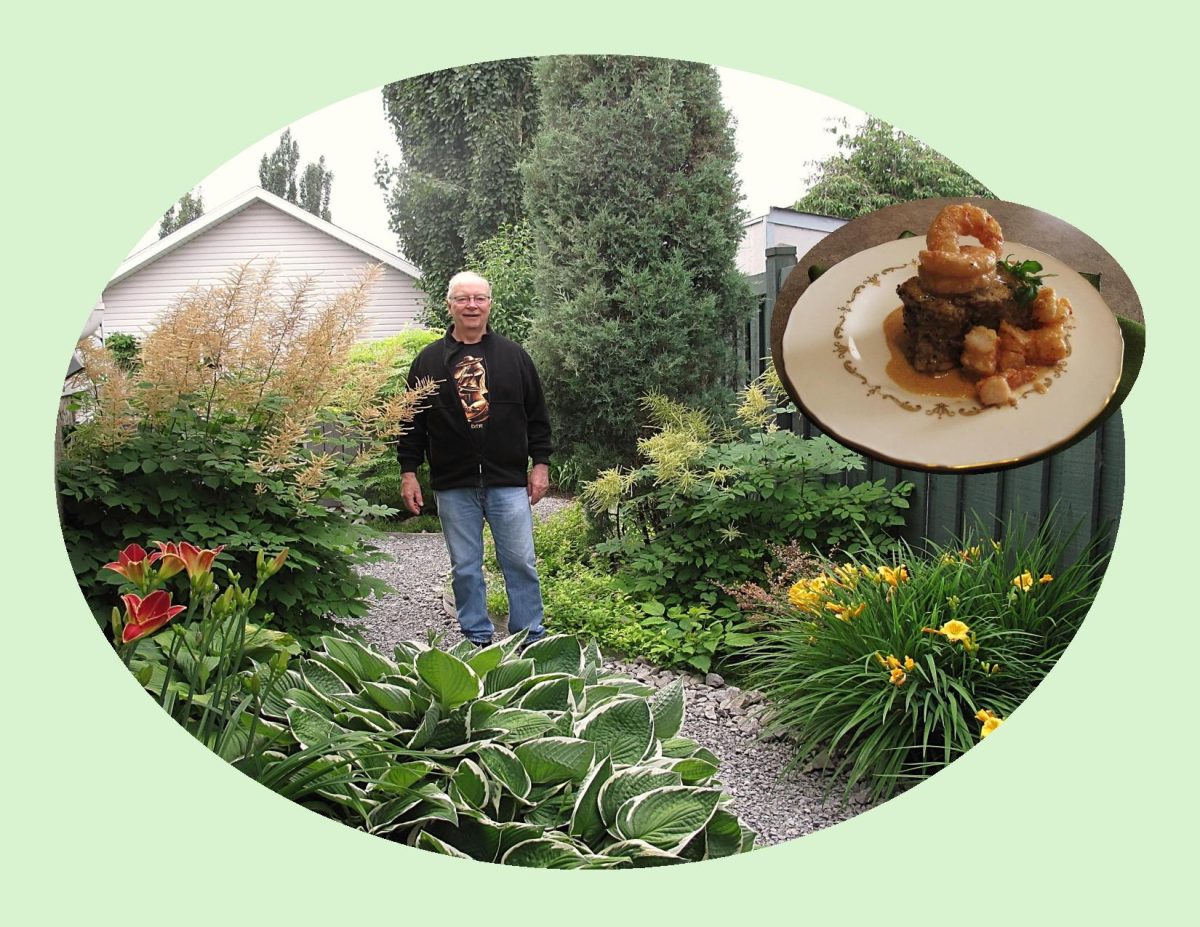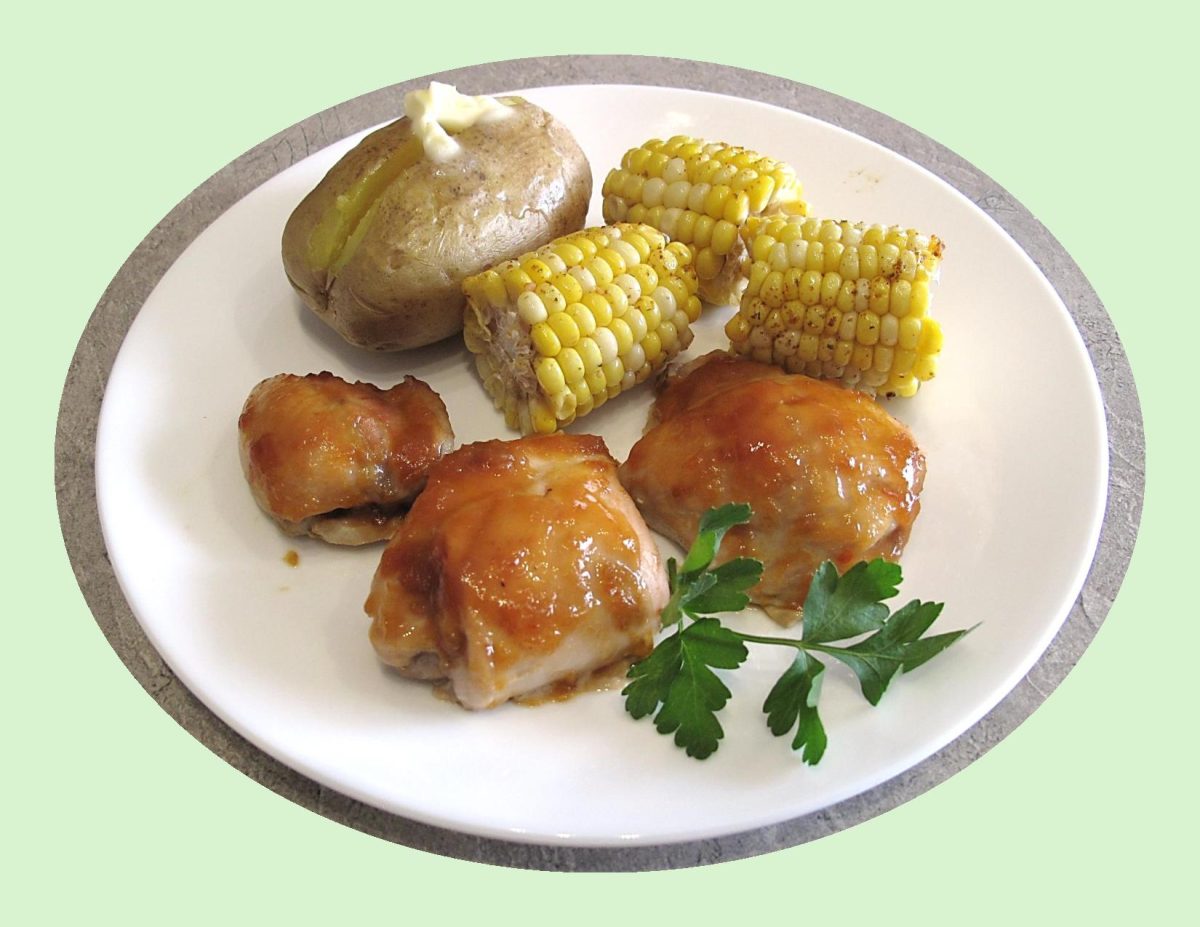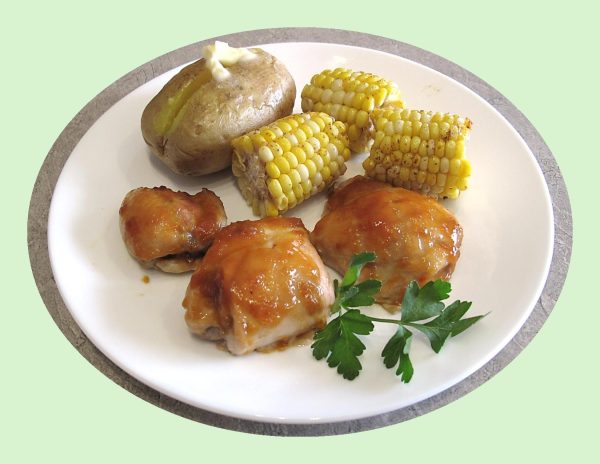Couscous is a beloved and popular dish internationally. Although we know it has been around for centuries, its definite origins are unclear. Like pasta, many believe couscous was created in China, while others believe it originated in East Africa. More likely, however, couscous originated in Northern Africa. There is archaeological evidence that dates back to the early 9th century that consists of the kitchen utensil needed to prepare the dish from North Africa.
Over time, the North African staple became popular around Africa, in Andalusia, and the Mediterranean. Economic growth and the development of wheat farming aided in the acceleration and distribution of couscous. With increased migration from North Africa to multiple European destinations, couscous was popularized all around Europe and became very popular internationally, particularly in France.
In Morocco, couscous is a time-honored dish, typically served on Fridays and meant to be eaten with a group of people, either family or friends, or both.
In this recipe, chicken is roasted with assorted veggies, then served atop a mound of light, fluffy steamed couscous.
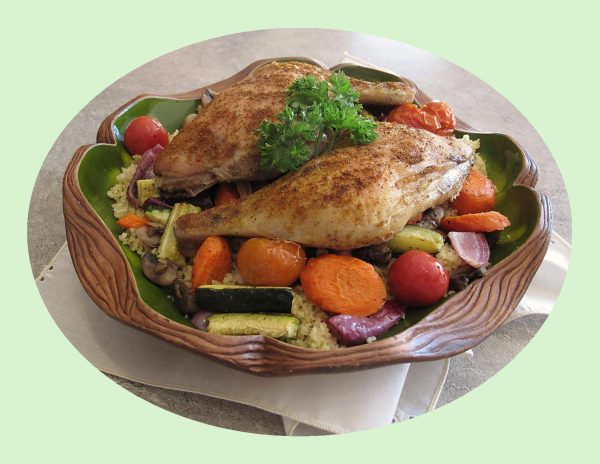
| Servings |
|
- 1 medium zucchini, sliced & cut into wedges
- 1 medium carrot, sliced 1/4-inch thickness
- 1 medium red onion, cut into small wedges
- 100 gm mushrooms, quartered
- 8 cherry tomatoes
- 2 cloves garlic, peeled
- 1 Tbsp olive oil
- salt & pepper
- 4 chicken leg quarters (thigh & leg attached), skin on
- 1 Tbsp olive oil
- 1/2 tsp EACH smoked paprika, coriander, celery salt & cumin
- 1/4 tsp turmeric
- 1/8 tsp cinnamon
- salt & pepper to taste
- 1/2 tsp olive oil
- 1/2 cup green onion, chopped
- 1/4 tsp EACH cumin & ginger
- 1 clove garlic, minced
- 2 tsp honey
- 1 cup chicken broth
- 1 cup couscous,
- 1 tsp olive oil
- 2 Tbsp fresh parsley, chopped
- salt & pepper to taste
- sweet chili sauce, optional
Ingredients
Vegetables
Chicken
Couscous
|

|
- Preheat oven to 300 F. Line a sheet pan with foil.
- In a small dish combine all chicken spices. Drizzle chicken quarters with oil & sprinkle seasoning combo evenly over all. Place chicken on sheet pan & roast slowly for about 1 1/2 hours.
- In a zip-lock bag, place all prepared veggies. Add olive oil & close bag. Carefully toss veggies. When chicken has been roasting for about 3/4 of an hour, remove from oven & add the veggies to the sheet pan & sprinkle with salt & pepper. Continue to roast until chicken is cooked & veggies are tender crisp. While chicken & veggies are roasting, prepare couscous.
- Heat the 1/2 tsp of olive oil in a saucepan on medium. Add green onion, cumin, ginger & garlic. Cook & stir for about 3 minutes until green onion is softened.
- Add honey. Heat & stir for about 30 seconds until green onion is coated. Add broth. Bring to a boil. Add couscous & the teaspoon of olive oil. Stir. Cover. Remove from heat. Allow to stand for 5 minutes without lifting lid. Fluff with a fork.
- Stir in parsley along with salt & pepper to taste.
- In a large serving dish, place couscous on the bottom. Top with roasted veggies & chicken quarters. Drizzle with sweet chili sauce if you prefer.
- If you wish, you could turn the heat up a bit when you add the veggies to the chicken.

